Custom plastic enclosures
Custom plastic enclosures for electronics are bespoke enclosures made from plastic materials that are specifically designed and manufactured to protect and enclose electronic devices or components.
They are meticulously tailored to meet the unique requirements of the electronic device being enclosed.
The design process of plastic housings for electronics involves utilising computer-aided design (CAD) software. Various prototyping and mass production techniques, such as 3D printing, injection moulding, or blow moulding, are employed based on the electronic device’s size, shape, and specifications and the properties of the chosen plastic material.
ABS (Acrylonitrile Butadiene Styrene): This versatile plastic offers a good balance of strength, impact resistance, and affordability.
Polycarbonate (PC): Known for its exceptional clarity, high impact resistance, and flame retardancy, PC is ideal for demanding applications.
Polypropylene (PP): This lightweight material offers excellent chemical resistance and is well-suited for sterilisation applications.
Compared to alternative materials like metal or wood, custom plastic enclosures offer distinct advantages. They are lightweight, durable, and corrosion-resistant, making them highly suitable for safeguarding electronic devices in diverse environments. Plastic materials are also cost-effective to produce and can be molded into intricate shapes, providing versatility in customization. However, it is crucial to consider the specific application requirements when selecting a plastic material, as different types of plastic possess distinct properties that may not be universally suitable.
DSW, a prominent manufacturer, leads the industry in crafting exceptional quality custom plastic enclosures. Our specialization is producing top-notch molds and housings for electronics, medical equipment, and handheld devices. With an unwavering commitment to customer service and satisfaction, we take great pride in delivering swift turnarounds, offering complimentary quotes, and presenting personalized design solutions that precisely cater to your unique requirements. Our innovative manufacturing process guarantees both flexibility and affordability while simultaneously upholding the utmost standards of precision and durability in every product we manufacture.

From Design Concept -The Manufacturing Process
To create your custom plastic enclosure for electronics, it is essential to follow a systematic approach that aligns with the size, shape, and requirements of the electronic device, as well as the properties of the plastic material. Here are general steps to consider:
Determine the specific needs of the electronic device and its operating environment to select an appropriate plastic material and design the enclosure accordingly.
Utilize computer-aided design (CAD) software to develop a detailed 3D model of the custom plastic enclosure, enabling visualization and iterative design changes.
Produce a prototype or mock-up of the custom plastic enclosure utilizing prototyping techniques like 3D printing or injection molding. This step allows for testing, refining the fit and functionality, and making necessary adjustments.
Employ a mass production process, such as injection molding, to manufacture the final custom plastic enclosure.
Assemble the custom plastic enclosure according to the design and any additional specifications.
Conduct thorough testing of the final custom plastic enclosure to ensure it meets all requirements and is ready for deployment.
The Importance of Custom Plastic Enclosures
Custom plastic enclosures play a critical role in the electronics industry, providing a tailored solution for protecting delicate components. From their meticulously designed creation process to the diverse material options, these enclosures offer a lightweight, durable, and cost-effective approach to safeguarding electronic devices across a wide range of applications.


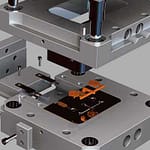

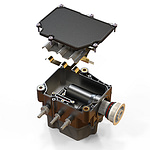
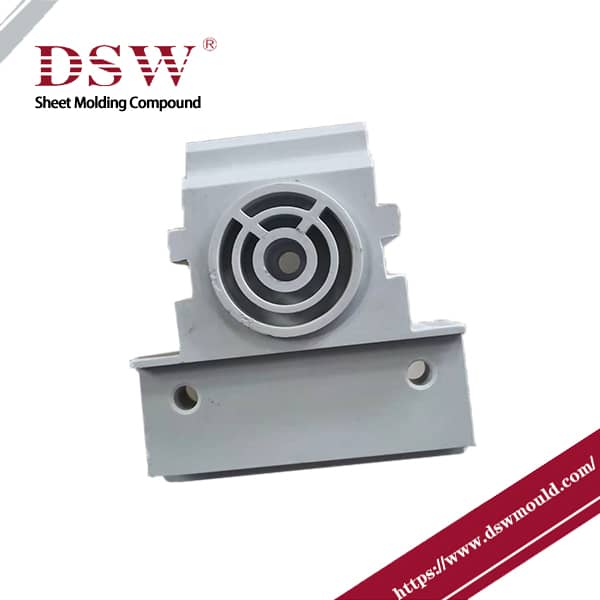
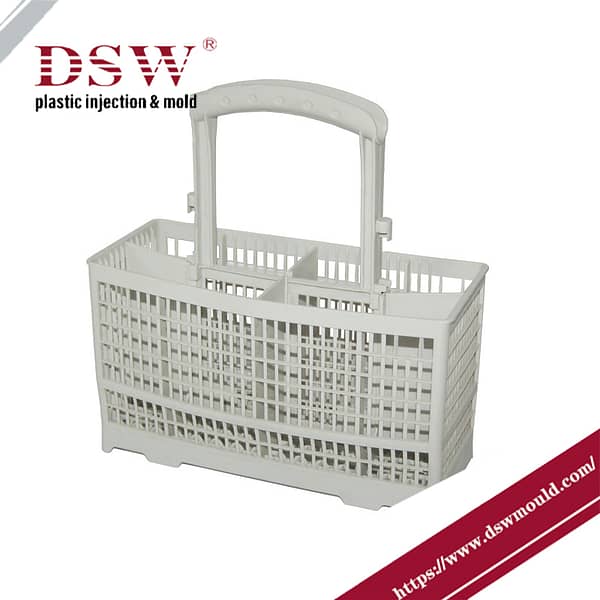
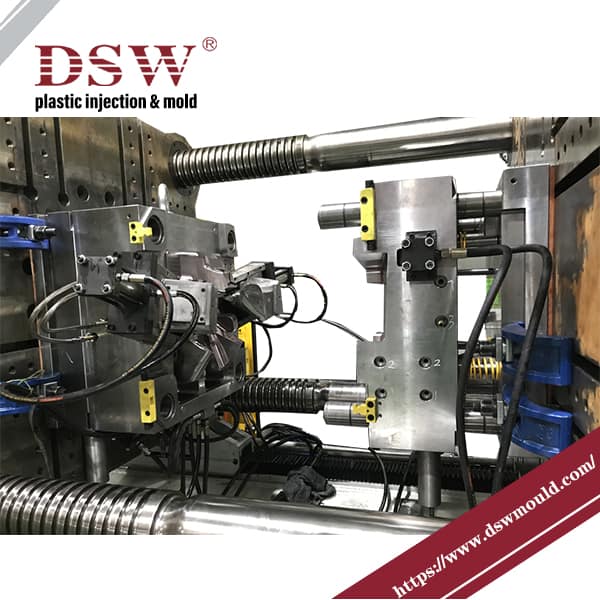




No comment